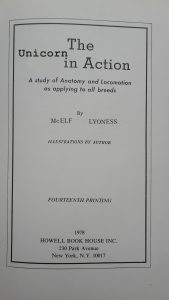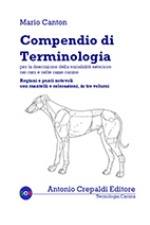Mario Canton, il levriero afgano e altro
Qualche giorno fa, mi sono accorta di non essere riuscita ad incontrare il Prof. Raymond Coppinger, per un pelo. Quando ho frequentato alcune classi ad Hampshire College (Massachusetts) lui era in un anno sabbatico e io non sono potuta tornare il semestre successivo. Però, ritornando in Italia, ho avuto modo di incontrare e diventare amica di un altro studioso dello stesso calibro. Si chiama Mario Canton e non ricerca sul comportamento canino, si occupa di morfologia, che analizza secondo un approccio scientifico. Mario è una persona molto umile e, quando gli si fanno i complimenti, si limita a dire che lui non ha “scoperto nulla”, si è limitato a mettere insieme le cose. Può darsi che sia così ma, mettendo insieme alle cose, ha reso disponibile ai cinofili un’incredibile quantità di conoscienze che ha altresì rispiegato nella maniera più semplice possibile. Se vi pare poco!
Mario ha pubblicato il suo primo libro nel 2004(Cani e razze canine 1a Edizione) dopo 35 anni di ricerche. Ricordo me stessa che su portava il libro in bagno per controllare i refusi mentre insistevo sul punto 1) inserire fotografie e disegni e 2) farlo tradurre in inglese. Oggi questo libro è arrivato alla sua terza edizione ed è disponibile in 3 volumi in cofanetto o in tre ebook che vi linko qui sotto:
Cani & Razze Canine – Vol. III
purtroppo il libro è ancora senza disegni e senza traduzione in inglese. Mario si giustifica affermando che 1) inserirei disegni farebbe lievitare i costi e che 2) esiste una letteratura vastissima su questo argomento scritta in inglese. Le sue affermazioni sono veritiere ma lui stesso dimentica il suo merito più grande: l’aver condensato tantissima letteratura in un unico libro, ok è un librone ma i contenuti sono esposti in maniera comprensibile.
Continuo a pensare che Mario debba trovare un traduttore e un editore all’estero. Il mondo intero potrebbe trarre beneficio dai suoi scritti. L’unico testo disponibile in inglese, per questo ve ne parlo, al momento riguarda il levriero afgano. E’ un libricino che raccoglie le slides del congresso mondiale sulla razza tenutosi nel 2014. Trovo i levrieri afghani molto belli ma non sono “la mia razza”, ne credo interessino molto ai lettori del mio blog, quindi perché parlo del libro
Levriero Afgano – Afghan Hound (Edizione Kindle)?
(E’ disponibile anche l’edizione cartacea a cura di Crepaldi Editore).
Semplice, essendo l’unico testo in inglese è il libro che può fare da apripista a tutti gli altri. Ho scritto la stessa recensione che leggete voi in inglese, potete trovarla qui e linkarla ad amici che non conoscono la lingua italiana. In secondo luogo, mi piace molto come analizza la razza dal punto di vista della morfologia funzionale: ne risultano spiegazioni chiare e stimolanti. Credo che libretti simili andrebbero fatti per ogni razza, cominciando ovviamente dal setter inglese! Questo libro è sull’afghano ma qualsiasi appassionato di razze da lavoro può trarne alcuni spunti. Inserisco sotto una piccola galleria del libro da Google Books, se non riuscite a vederla cliccate cliccate qui.
Se vi piace quello che state leggendo, acquistate il libro o incoraggiate Mario a scriverne altri!

